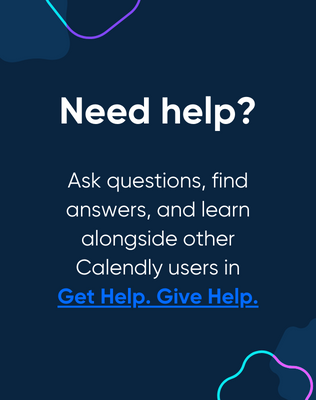If you are not receiving webhook data, it is possible that your webhook has become disabled or is in the process of becoming disabled because Calendly cannot successfully send a POST request to your server.
When you call the get webhook subscription endpoint, the state will indicate whether the webhook is active or disabled. If the webhook is in the disabled state, you will need to delete it and create a new webhook after resolving any server issues that would cause this (see further below for more details).
You can also reference retry_started_at to see the last time Calendly needed to start retrying because the POST request was not successfully received by your server.
How does a webhook become disabled?
If the URL that you are using for your webhook subscription returns non-2xx responses or if the connection times out, the retry process will start. Calendly will continue to try to deliver the data for 24 hours with an exponential back-off that makes attempts less and less frequently. After 24 hours, the webhook is disabled if the payload was not delivered successfully.
If you see that a webhook has become disabled or you see a recent retry time and do not seem to be receiving data, the first step would be to ensure that your endpoint URL is able to receive POST requests from Calendly.


